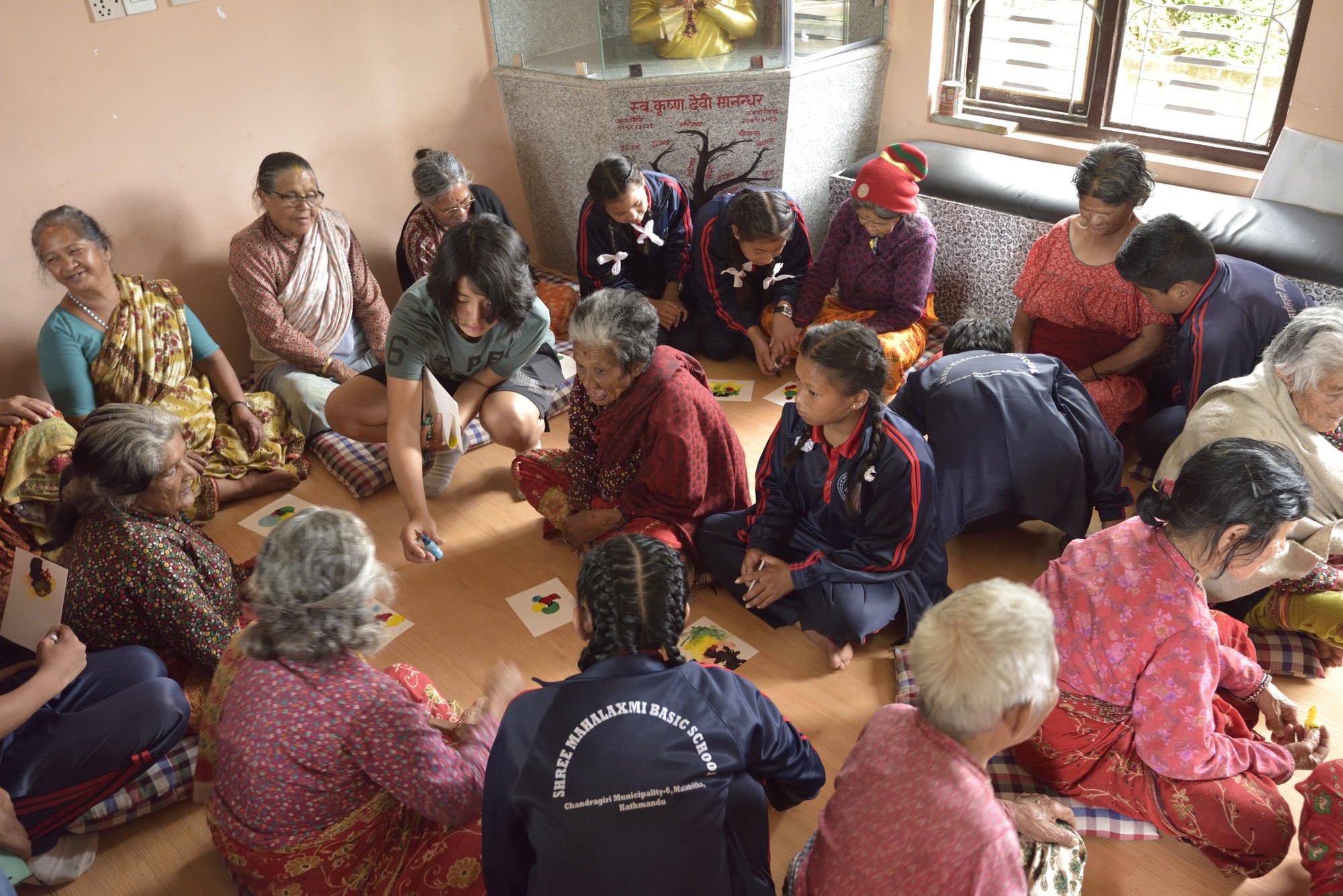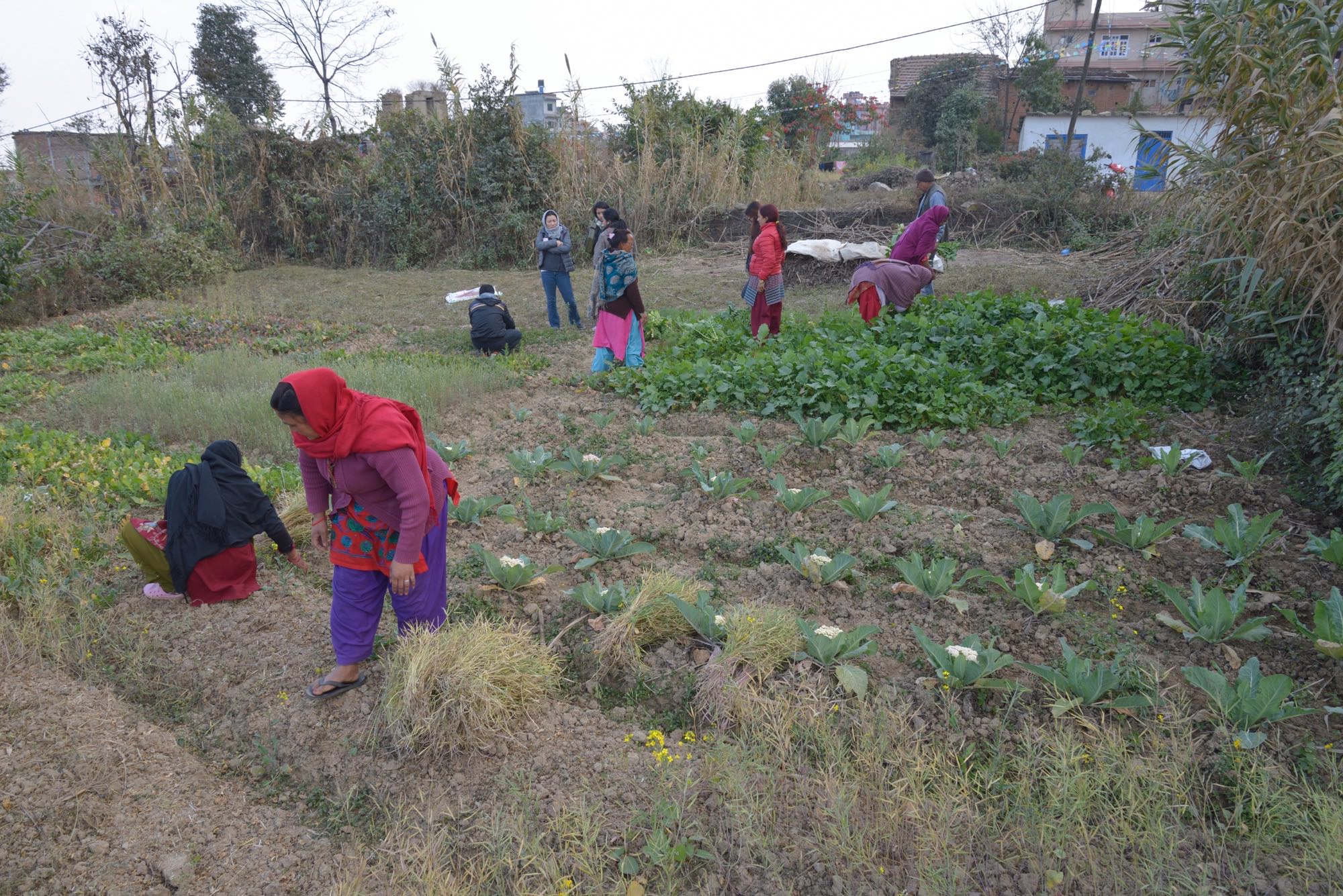Nepal Pictorial Booklet
We are excited to share the new Ibasho Nepal booklet, a handbook describing the Ibasho core principles with colorful photos, paintings and prose inspired by our visit to Ibasho Nepal in 2019. We are especially grateful to the Ibasho members in Matathirta for hosting us, to our team of translators at Bihani Social Venture, and to our Ibasho colleague Yasuhiro Tanaka for designing the booklet. Click here to view the booklet. Letter from Emi Kiyota, Ibasho Founder “The time to be happy now, the place to be happy is here, and the way to be happy is to make other people happy.” I found this quote when I was working […]








